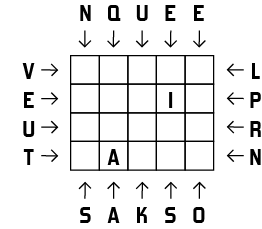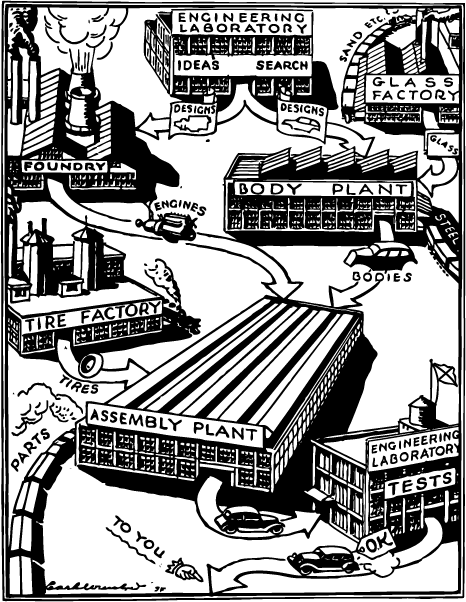
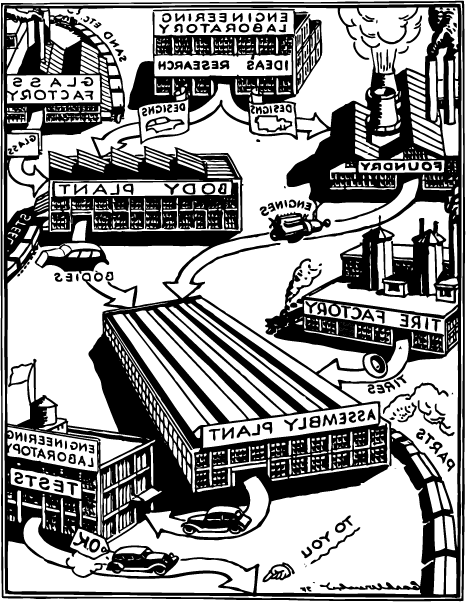
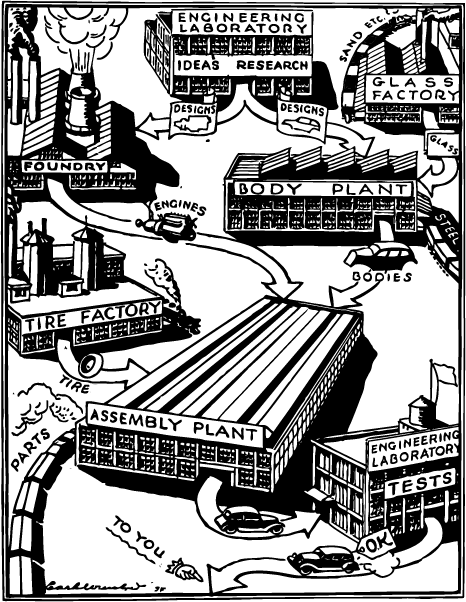
The reason for this trend is pretty obvious. The WPC tries hard to restrict puzzles to those that are culture-neutral, and GCSPs are the easiest type of puzzles to create that are culture-neutral. However, it does create an odd situation where the most popular puzzle types in the world are not represented at the WPCs. If I give a packet of puzzles from the WPC to a friend, their most common response is "oh, I've never seen any puzzles like these".
If the WPC is going to be like the Olympics of puzzle-solving, I think this is the equivalent of having only one area of Olympic events, maybe Track & Field, and slowly removing all other Olympic events year after year. I find this very sad.
I would like to reverse this trend and add a "casual" puzzle section to the Puzzle GP. The puzzles in this section are explicitly allowed to be non-culture-neutral; the main requirement is that the puzzles here be easily understandable and considered fun by most solvers.
The following are 10 sample casual puzzles that illustrate the breadth of allowed puzzles in this section.
Wei-Hwa Huang, November 2015
Puzzle 1. Find the Differences
There are some number of differences in the following three images (not counting the fact that the middle image is mirror-reflected). Find them all.
Answer key: For each image, the number of differences that are unique to that image. For example, if the second and third image were identical and the first image had three differences, your answer would be "3, 0, 0".



Puzzle 2. Word Search
Find the list of words in the grid. Words can read in any of the eight standard directions. Submit the unused letters, in order from top-to-bottom (and if letters are in the same row, submit them from left-to-right).

Puzzle 3. Candies
A store sells candies in packages of 6, 9, and 20. Your friend wishes to have X candies as a present, but you discover that you cannot give them exactly X candies without opening at least one package. What is the largest (integer) value of X?
Puzzle 4. Pentagons
How many pentagons, including concave and self-intersecting pentagons, can be found in the following image?
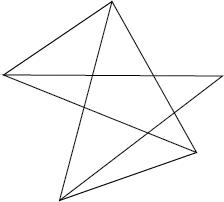
Puzzle 5. Sequence
What is the next item in this sequence?
Puzzle 6. Detective Work
There is a man found dead in a circular mansion. The detective interviews the COOK, MAID, and NANNY. The COOK said he couldn't have done it because he was preparing the meal. The MAID said she couldn't have done it because she was dusting the corners. The NANNY said she couldn't because she was playing with the children. Which one of them was lying?
Puzzle 7. Jigsaw
Assemble the following pieces into a larger image that is composed of six intersecting letters. You may rotate the pieces but do not need to reflect them. Put the six letters in some order so that your answer is an English word.

Puzzle 8. Instructionless Puzzle

Puzzle 9. Sharing Cakes
Schmidt, Fischer, and Weber are eating cakes. Schmidt has brought 3 cakes, Fischer has brought 5 cakes, and Weber has brought no cakes but has brought 8 euros to pay Schmidt and Fischer. If all cakes are the same size (and quality), each of the three people has eaten the same amount of cake (cakes can be divided into parts), all cakes are eaten, and Weber's money is divided fairly in proportion to the amount of cake he has eaten, how much of the 8 euros should Schmidt receive?
Puzzle 10. Word Tangle
Fill in the grid so that four 5-letter English words read across and five 4-letter English words read down. Two letters are already given for you inside the grid. The other letters are given to you outside the grid and must be placed in the indicated row or column. There must be a one-to-one mapping between the arrows and the letters in the grid.
